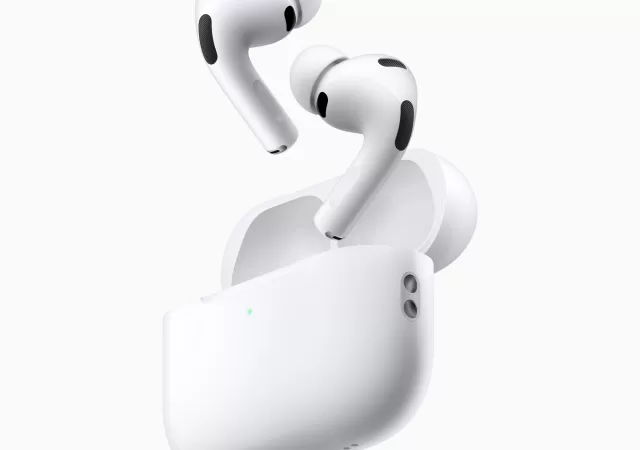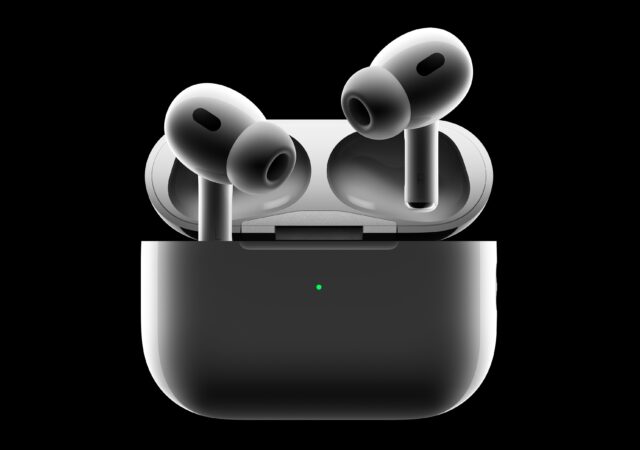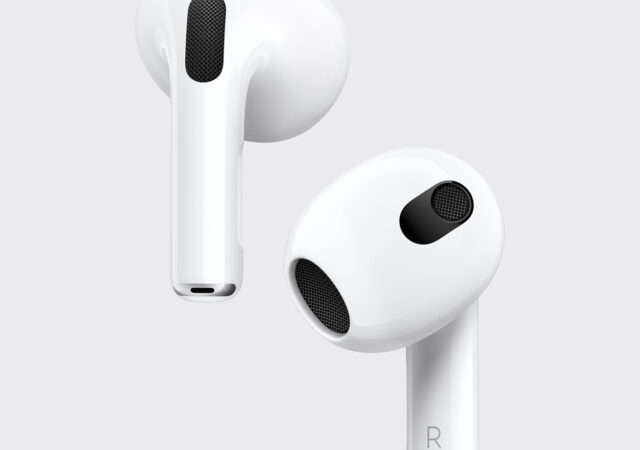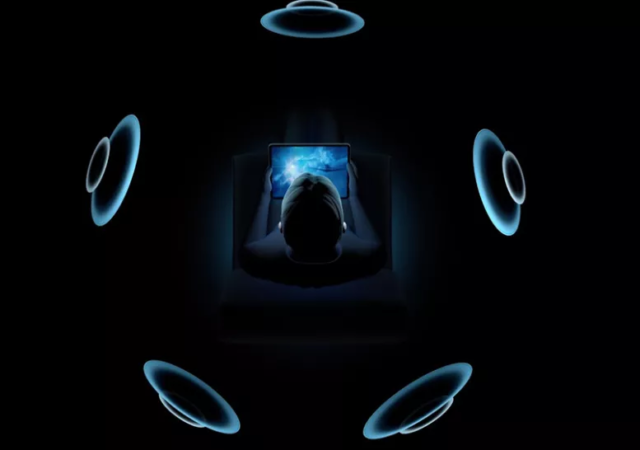Apple announces the latest generation of AirPods – the AirPods Pro 3 that comes with a slew of upgrades, including heart rate tracking.
AirPods Gets A Nod to More Natural Interactions and Enhancements
Apple is updating the AirPods with more enhancements including a new way to interact with Siri that’s more natural.
Apple Announces 2nd Generation AirPods Pro – Twice the Noise Cancelling
Apple releasees the new second-generation AirPods Pro with H2 processor for better noise cancelling and better audio.
Just Like That, We Have the Apple AirPods; the Third
Apple launches the third generation Apple AirPods with Spatial Audio, Adaptive EQ, and even better battery life at MYR 829.
Netflix Now Supports Spatial Audio on Apple iPhone and iPad
Apple’s Spatial Audio comes to Netflix apps on Apple iPad and Apple iPhone for a fully immersive entertainment on the devices.






